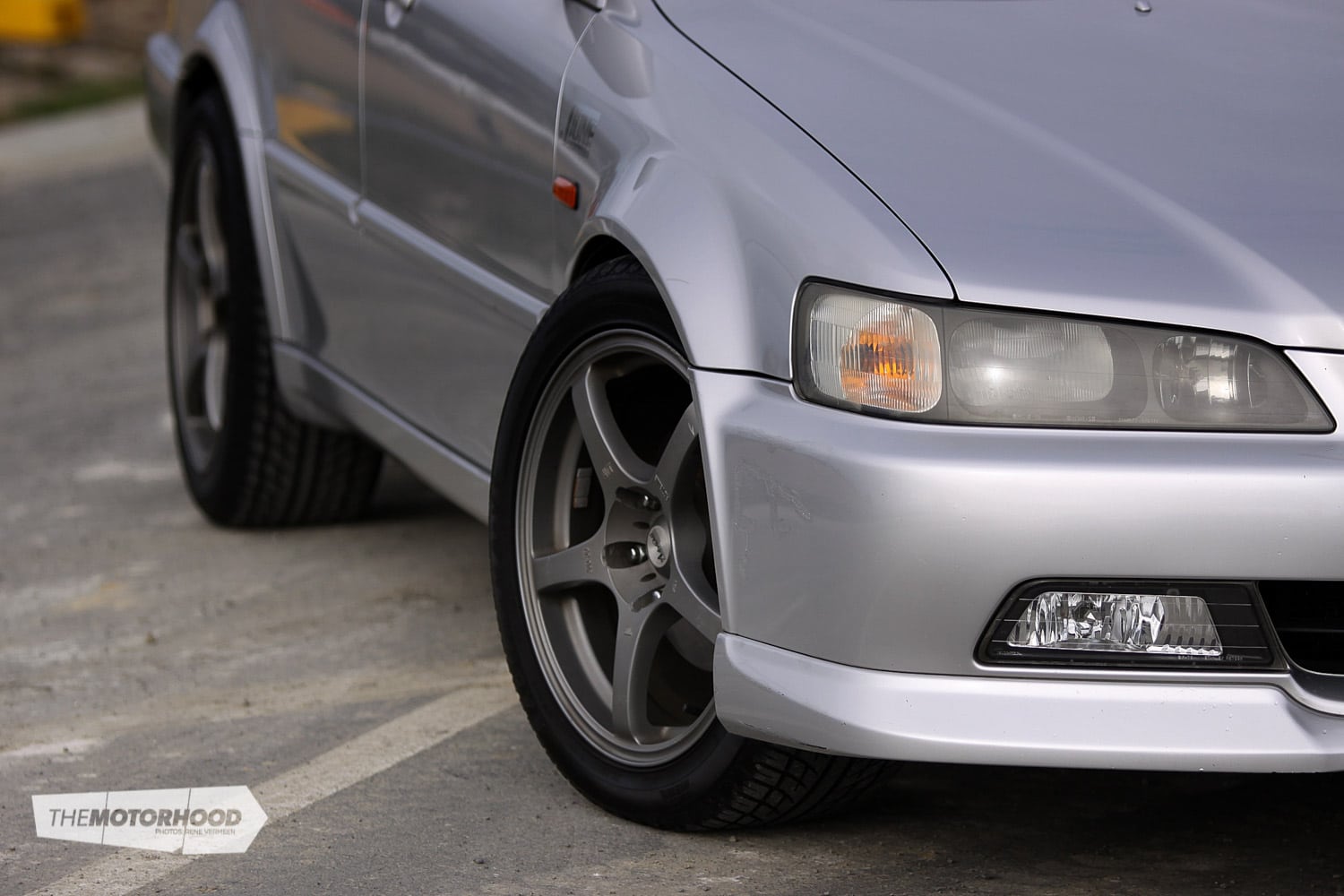“With so many ’90s performance station wagons out there, how do you choose? Staffer René Vermeer has owned a bunch of them, so here’s his take on the best performance wagons you can buy for around $5000”
It’s never easy for a performance-car enthusiast when the time comes to sell their modified coupe or sedan in favour of something that can tow the boat, hold the kids, or lug around work gear and furniture. Because I’m rather savvy at buying and selling cars, I don’t mind flicking them off and shuffling in-between coupes and wagons when required, and this has allowed me to try my hand at a wide variety of models to see what I like best. I normally have a set criteria though; fast, modifiable, and reliable. This criteria has landed me some great cars, and some not so great. Here’s my top four.
Subaru Legacy GT-B
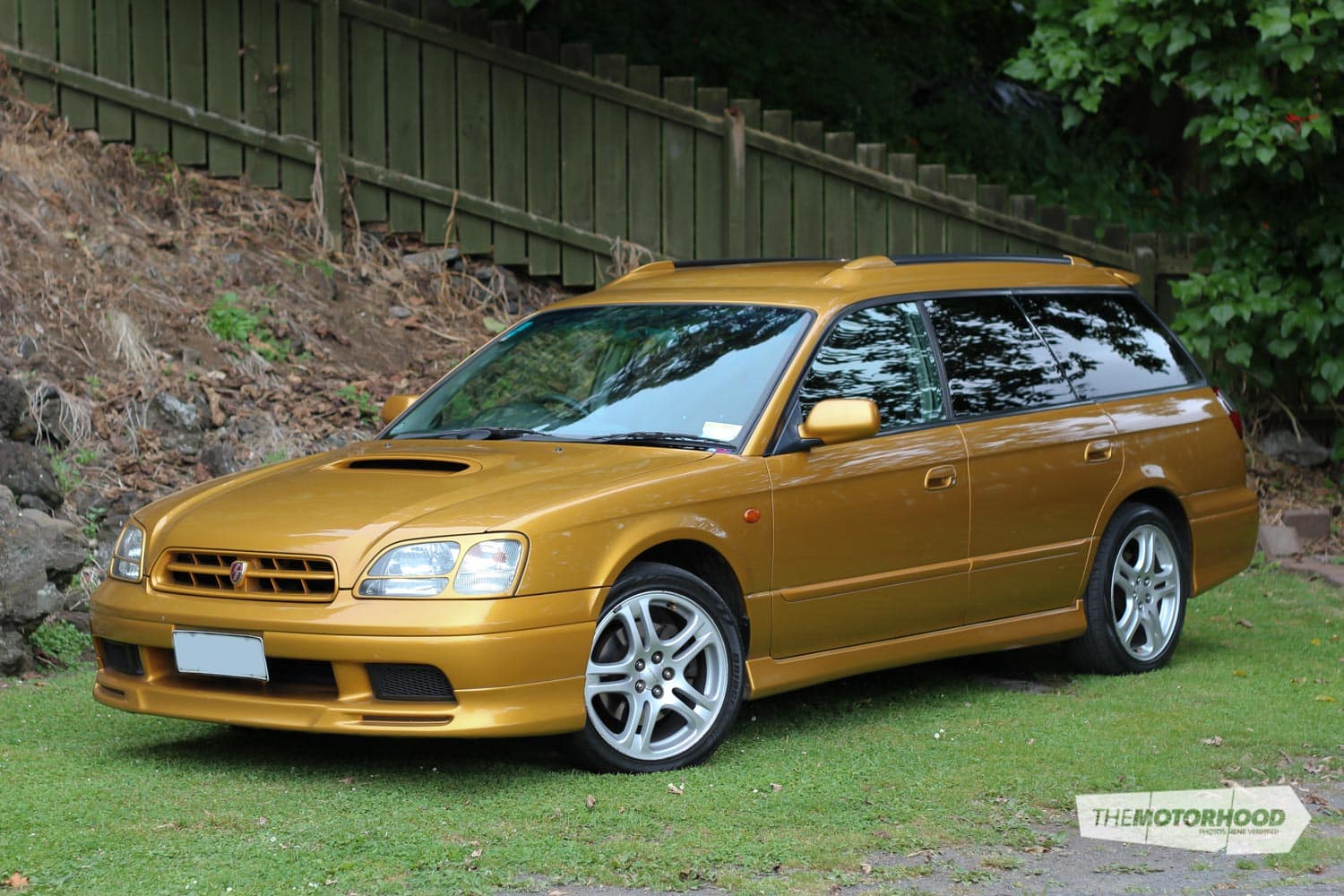
The Subaru Legacy has been a staple tourer for years now in New Zealand, and for damn good reason — they’re fast, nimble, have tons of grip, and get decent fuel mileage. When I purchased my first Legacy GT-B (not the one pictured), I was into mountain biking, hitting the beach, and enjoying road trips with friends, making the decision to purchase a GT-B a no-brainer. At this stage, I could only afford one vehicle, so it had to tick all the boxes. The GT-B’s 206kW two-litre engine is both good and bad, as I found out with my first example.
The factory sequential twin-turbo set-up is fantastic, offering both low-down torque for around-town driving, and top-end mumbo all the way up to 7500rpm-ish for, well, hooning. The only quarrel I had with the twin-turbo set-up was the very well-known ‘valley of death’, the nickname for the crossover period between the two turbochargers. It occurs between around 3600–5000rpm, and it feels as though you’ve just taken your foot off the throttle in a rev range that’s needed for fourth-gear overtakes, and spirited mountain-road driving.
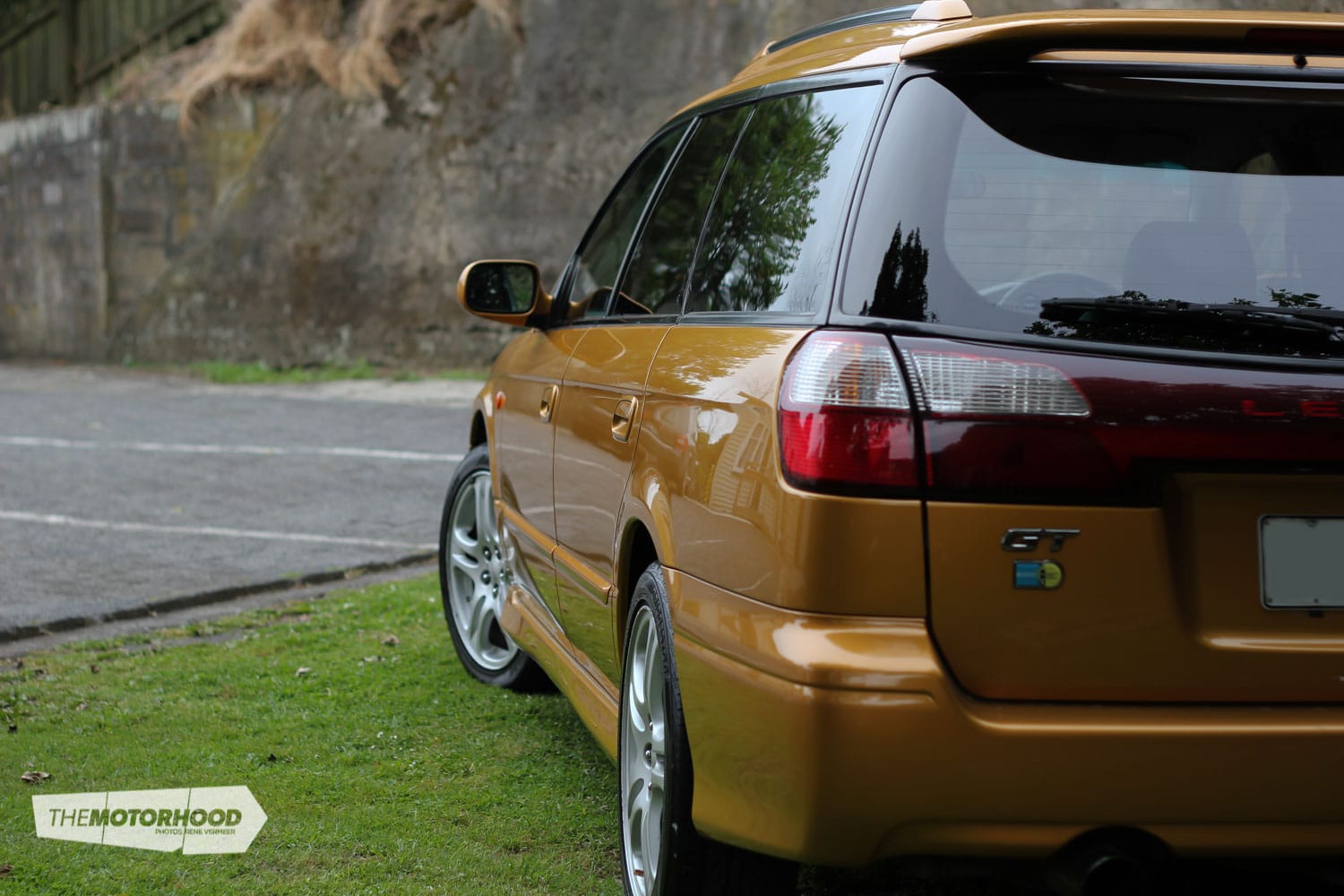
While making the typical highway passing maneuver, it’s recommended that drivers forget about fourth gear completely, as you’ll land right in the valley of death and most likely end up having a head-on. Your only options are to throw it into third — getting you well into the second turbo and over the speed limit — or to leave it in fifth gear, which should see you fly by in no time thanks to the Legacy’s punchy primary turbo.
At the end of the day though, the Legacy’s engine was aggressive, and gave a similar power surge that VTEC does in a Honda, so it wasn’t all bad. The valley of death issue can be remedied to an extent with the addition of a Zerosports sequential controller, which allows drivers to adjust when the secondary turbo kicks in. So if you do choose a Legacy, I’d highly recommend this upgrade.
Although fast in factory trim, the engine can’t be modified too much. Aside from bolt-on upgrades such as air filter, exhaust, and an A’PEXi SAFC, your only option is to convert it to a single turbo, or have an STI engine installed if you’re serious about going faster.

As a practical wagon, the Legacy is fantastic. There were a couple of trims available, and I’ve had them both. The half-leather interior pictured was from my original Legacy. It was comfortable, and the cloth under your tush was fairly grippy during cornering. The digital air-conditioning controls are some of the best I’ve used, and the quality of materials felt great. Into sounds? So are Subaru. Straight from the factory, some GT-Bs had a McIntosh amp and subwoofer installed, which provided ample bass. There’s enough room in the boot for most things — my mountain bike could fit with no issues.
There are a few exterior trims available with the GT-B. Make sure you hunt down the RSK-bumpered version, which has the larger and more attractive lips and skirts. I‘d also recommend installing the Jamex lowering kit, as a friend and I found out when we both owned GT-Bs, it’s perfect. I’d never seen a drop like this on a factory car before!
If you’re after an extremely well-rounded factory vehicle, and you aren’t too fussed about modifying it, the Legacy GT-B is a fantastic option. If you do choose to purchase one, check when the clutch and cambelt were last done as repairs can be a major expense.
Nissan Stagea RS4 (WGNC34)
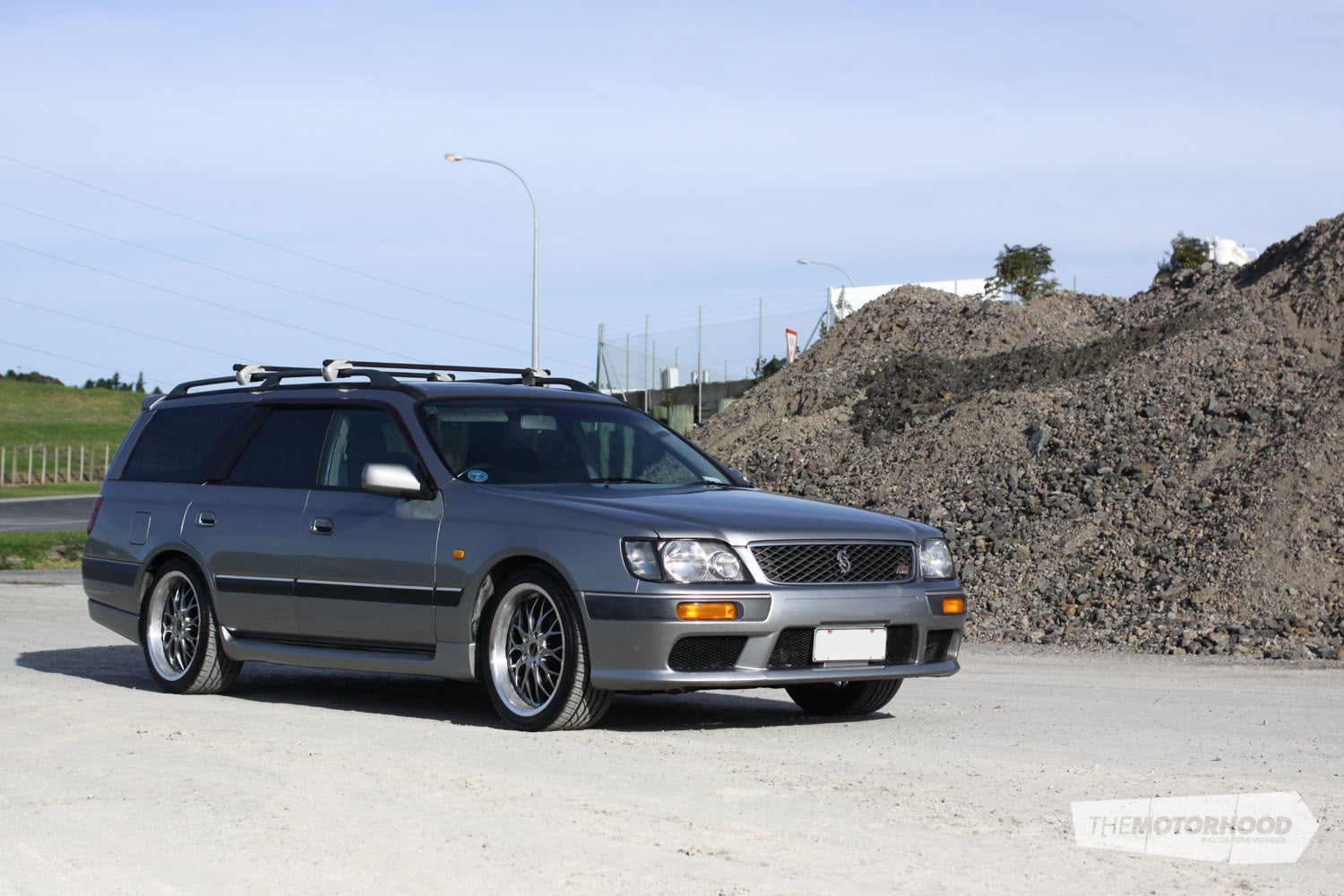
Hands down my favourite of the four wagons is the almighty RB-powered Nissan Stagea RS4. The first Stagea I owned was a pearl-white facelift example with Nissan’s factory-fitted manual gearbox and RB25DET NEO engine. But unfortunately these can’t be picked up for around the same price as the aforementioned GT-B, so I’ll talk about my second example, which was automatic. I’ve written about this Stagea before, which you can check out here, but in the context of this comparison, here’s a summary of what this car meant to me.
This Stagea came at a time when I’d just purchased a house. I had $6000, and that was to get me two vehicles, one for commuting, and one for the weekend’s renovation tasks. So, naturally I started hunting for a Stagea as I knew that the amount of stuff you can cram into the boot is phenomenal. After purchasing a completely factory Nissan Pulsar VZ-R, which I wrote about here, for $2800 I only had just over $3000 left to purchase a Stagea.

I knew at this point that my chances of finding what I wanted were slim, and I may have to settle for a non-turbo version. But one Sunday evening, I stumbled across this example on Trade Me. The reserve was $3200 (perfect!), and the buy now was $4800. Nobody had placed any bids, so one minute before the auction closed I took my chances at $3200 and ended up winning.
Although the alternator needed replacing, the RS4 was a steal. Twin sunroofs, Dayz bodykit, an RB25DET under the bonnet, Bilstein suspension, and 18-inch Koya wheels — I was stoked! But anyway, back to the comparison.
As I mentioned before, it’s simply amazing what you can fit in the back of a Stagea — I once managed to cram a fridge in there next to a washing machine. With the roof racks on top, you double your carrying capabilities. And the Stagea has other stuff going for it too.
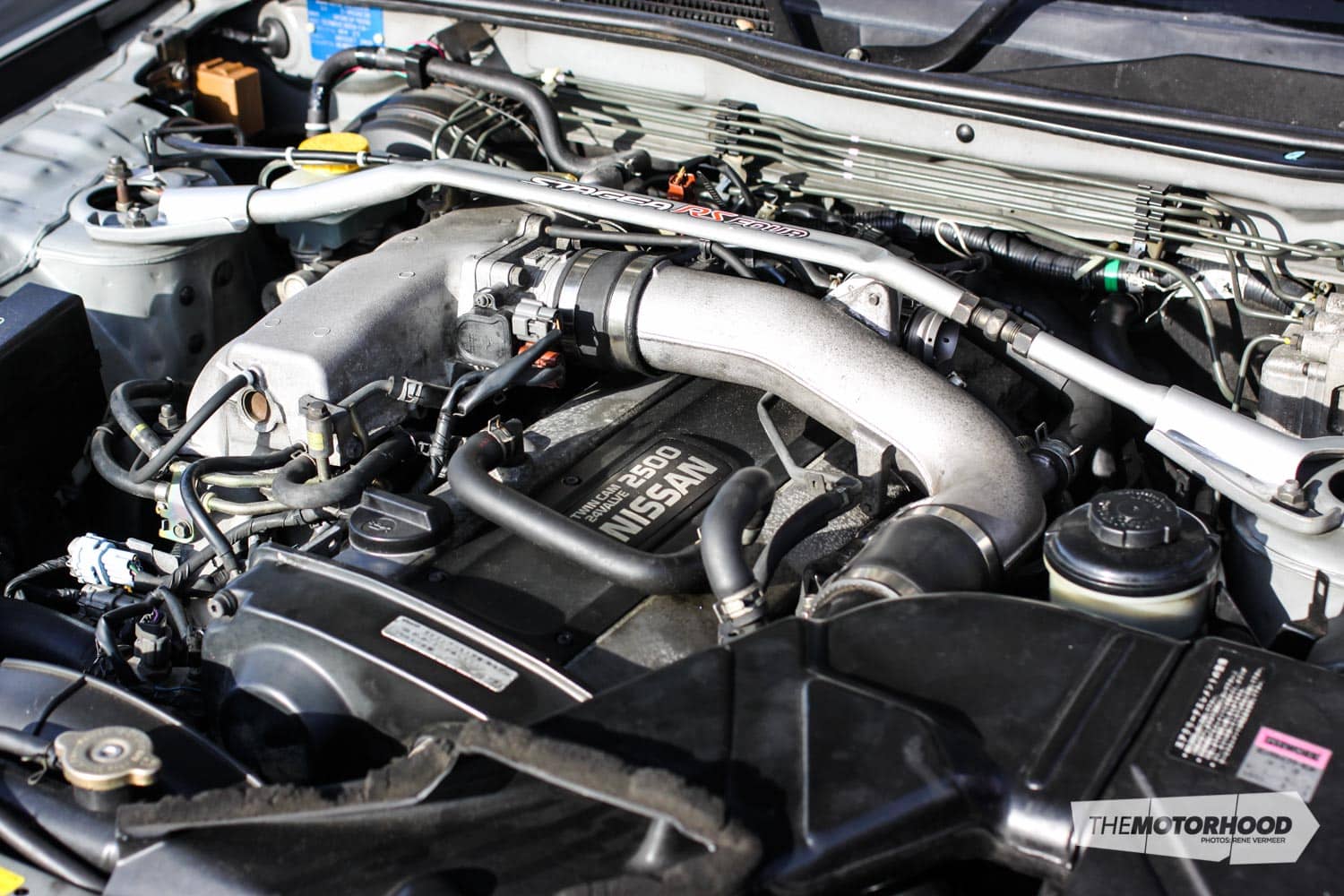
Compared to the GT-B’s engine, the RB25DET found in the Stagea RS4 is a completely different animal — but that’s what makes it so great. When you haul stuff around, you need torque, so with the extra capacity of the 2.5-litre engine and a single turbo, it’s got plenty of low-down and mid-range grunt. And if you’re a tuning fan like myself, then the RB25 will suit you perfectly. It has more bolt-ons than any other wagon in this article thanks to sharing the same engine as the R33 GTS25T Skyline, so go wild!
The automatic transmission in the Stagea is more than up to the task of handling a few upgrades and towing around a few loads, but if you wanted to make it more reliable, I’d add an automatic trans cooler. Thanks to the ATTESA all-wheel-drive system, the RS4 has plenty of traction, which comes in handy given the vehicle’s versatility.
Toyota Caldina GT-T
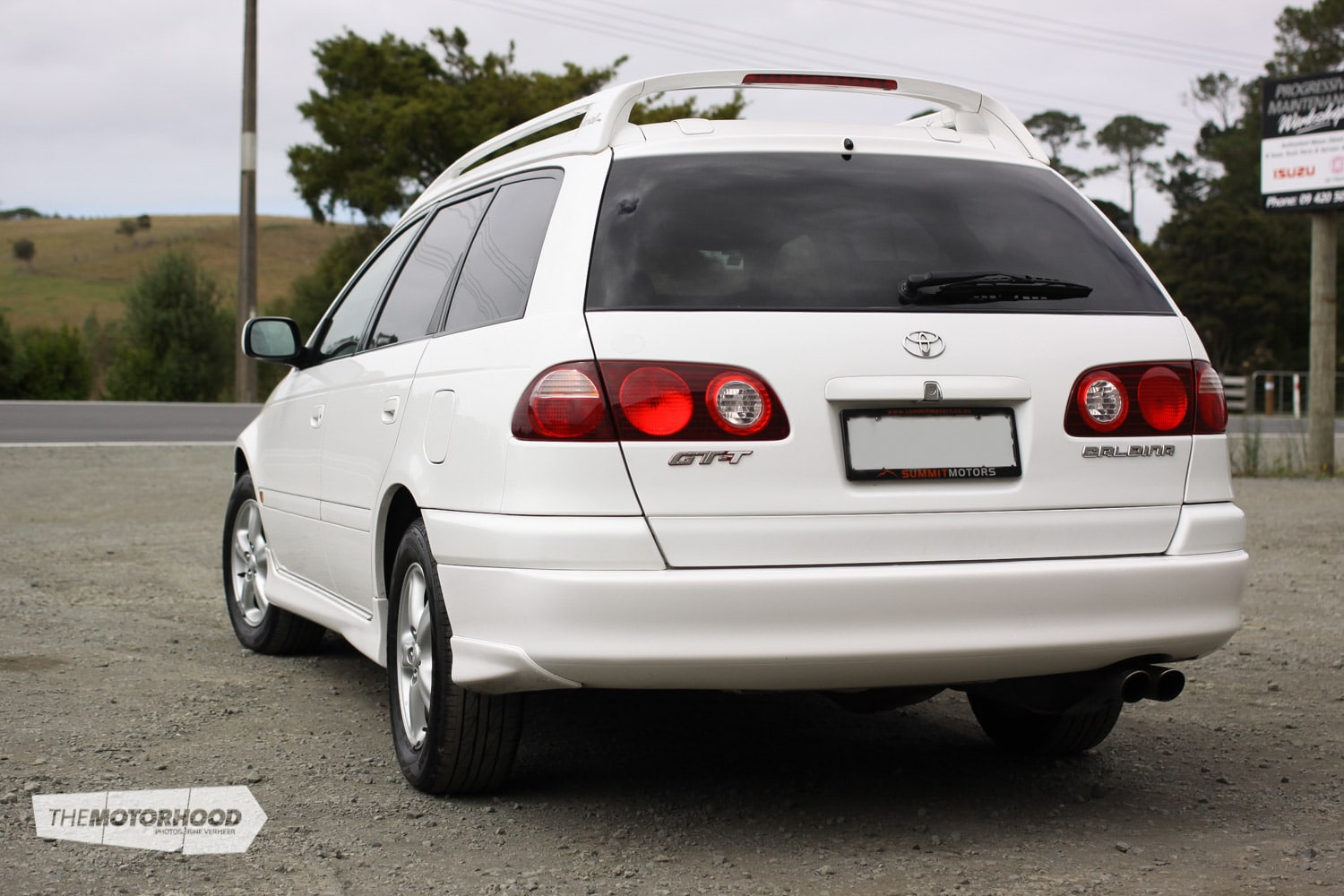
An impressive performer, the Toyota Caldina GT-T has appealed to me for years. The prices have always remained high, which is great for resale, but kept me out of the market for a long time. This example here wouldn’t have been my first pick, and at the time I wasn’t even looking at buying a car. If you’ve looked at buying a Caldina GT-T, you’ll know that almost all of them have over 200,000km on them, so I’ve never been interested — until I found this one.
While searching Trade Me, I stumbled upon this example at a car yard down in a town so insignificant that I can’t even remember its name. The price was high, at $8995, but the kilometres were stupid low — like 60,000km kind of low. According to the salesman, the Caldina had been owned by an elderly Japanese couple. It was like new.
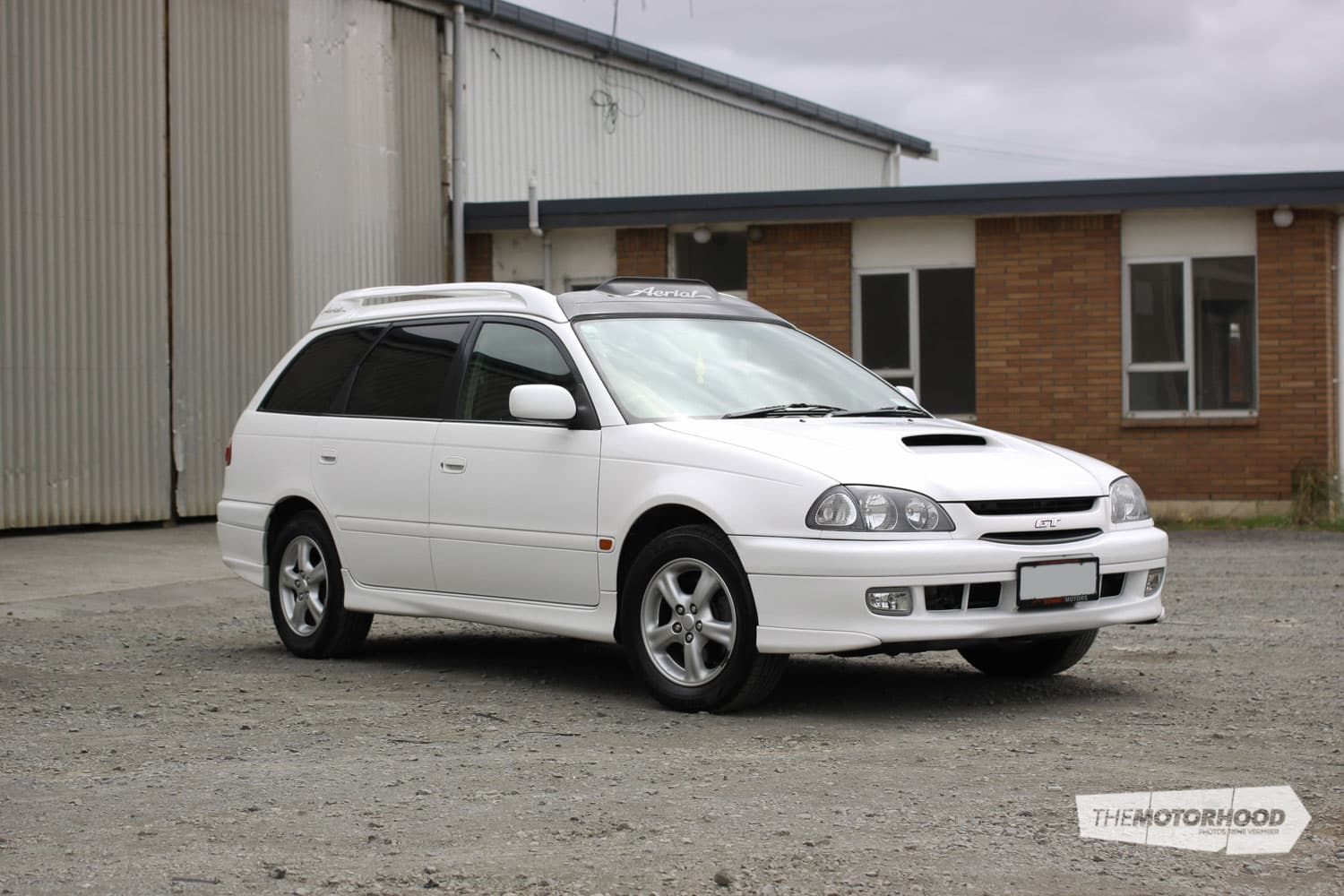
The Caldina is a much smaller wagon than the Stagea, and a touch smaller than the Legacy GT-B. It’s a factory all-wheel-drive with a turbocharged two-litre engine, dubbed the 3S-GTE. At 191kW (256hp), factory power is decent and it’s the best compromise between the outright power of the GT-B, and the mid-range grunt offered by the RB25DET-powered Stagea. The factory CT20B turbocharger is very responsive, packs a decent punch, and has the ability to be high-flowed with T04E internals for big gains while maintaining a factory appearance.
Out of the three turbocharged cars on this list, I found the Caldina maintained the best fuel economy, and given the 3S-series engine has been around for a long time, servicing parts and components are readily available and affordable. No pesky coil packs like on the RB engines, and no hard-to-replace spark plugs like on the Legacy GT-B. However, the Caldina’s engine does have a fairly high compression ratio for a turbocharged car, so be careful with what fuel you run. My partner once put 91-octane fuel into the Caldina and the differences were instantly noticeable, and caused massive detonation issues. It’s safe to say that I stopped the vehicle immediately and gave it some 98-octane to keep it happy.
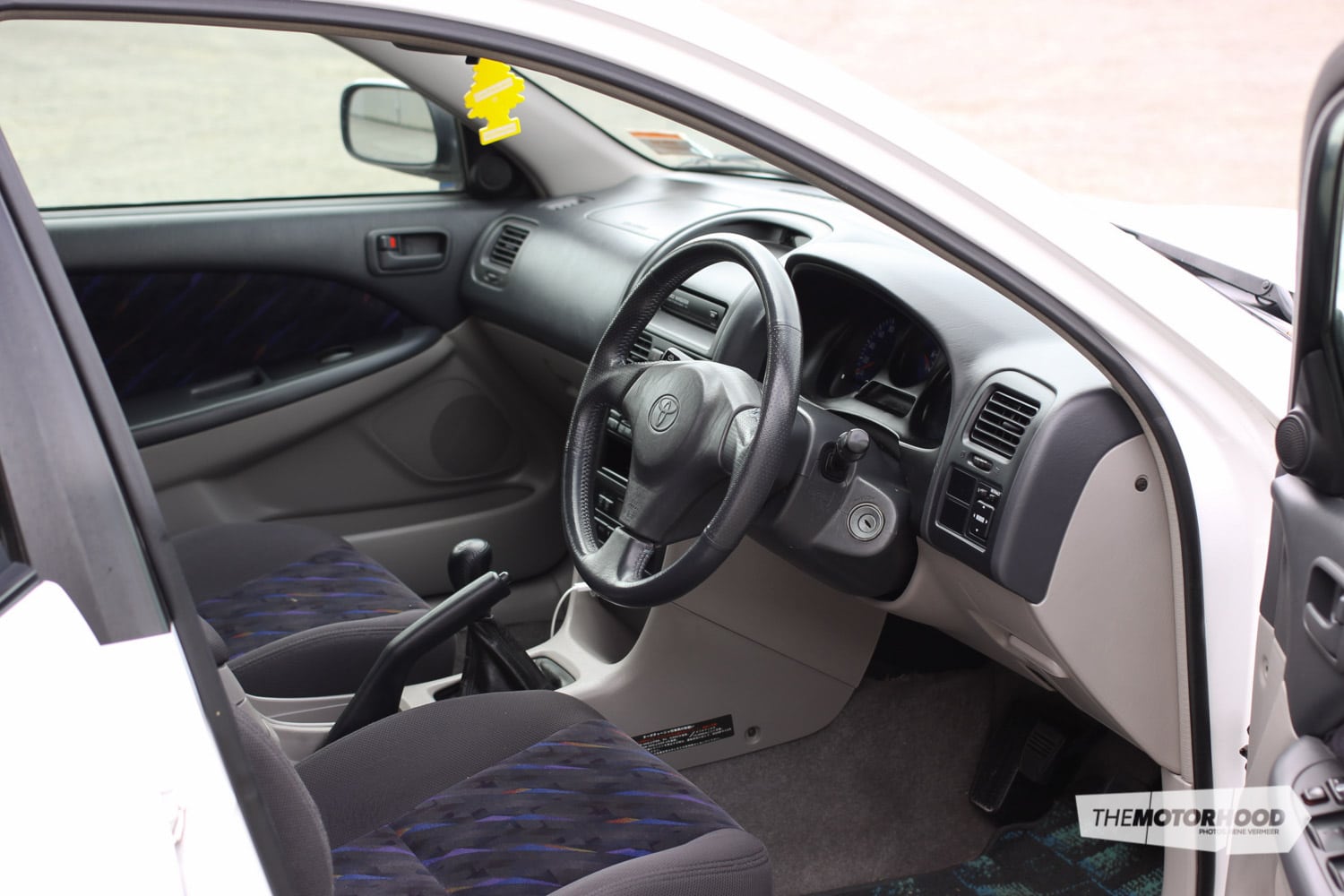
The interior of the Caldina is very ‘Toyota’. And no, this is not a good thing. Although it’s extremely comfortable and durable, I feel that the GT-T has the least-attractive interior out of the bunch. The seats aren’t supportive for spirited driving, and the colour scheme is horrible. But my model was extremely tired, so these things didn’t phase me too much. The Aerial version pictured featured a very large sunroof and contoured roof racks as standard. A fully specced example weighs in at 1470kg, and rockets to 100kph in seven seconds flat, which is easily improved upon with some basic power upgrades.
If you’re after a reliable, tough-as-nails station wagon that you can rely on, then the Caldina GT-T might just be the car for you.
1999 Honda Accord SiR (CH9)
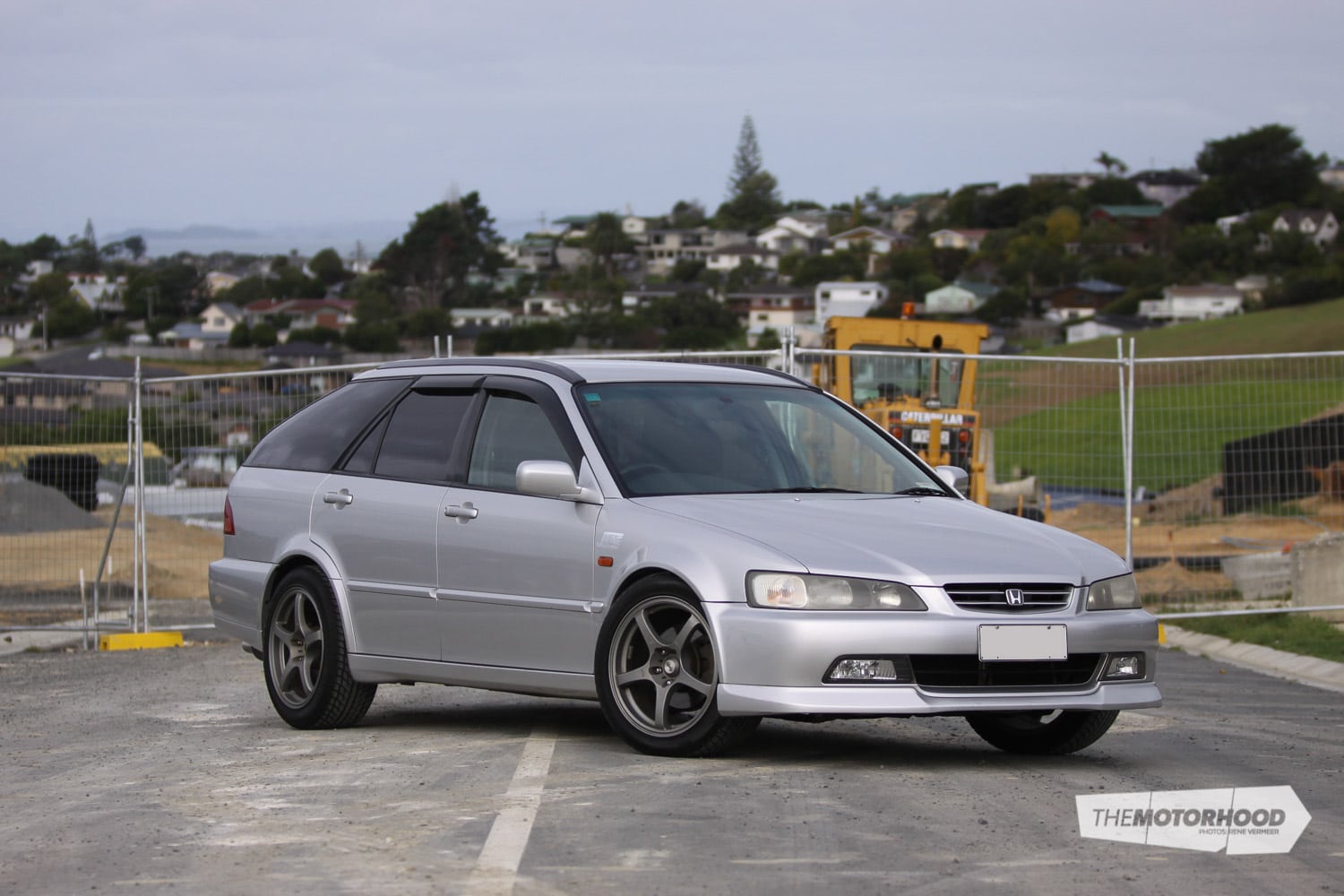
Welcome to my current trusty steed. But wait, it’s not turbocharged, or all-wheel drive; what’s going on?
Well my friends, when you travel as much as I do, turbocharged vehicles are out of the question, and high-performing naturally aspirated engines are in. In my opinion, my current Honda Accord CH9 SiR does it all, and although it’s not a manual, it does have a tiptronic automatic with gear-selection indicators in the gauge cluster. Cool.
So, what’s the deal with this rogue Honda you ask? Well, I needed something grunty, something that could take a corner, something reliable, and something automatic for traffic. The Honda Accord SiR wagon packs a 2300cc VTEC engine that produces 149kW (200hp), and 220Nm of torque. Since it was heavier than most vehicles that run the H-series engine, Honda decided to add an extra 100cc of engine capacity via a longer stroke, to give it some extra low-down torque. The best part about this engine is the tunability; parts from the Type S Prelude and Euro R Accord are a direct fit, so if you want more power, it’s available.
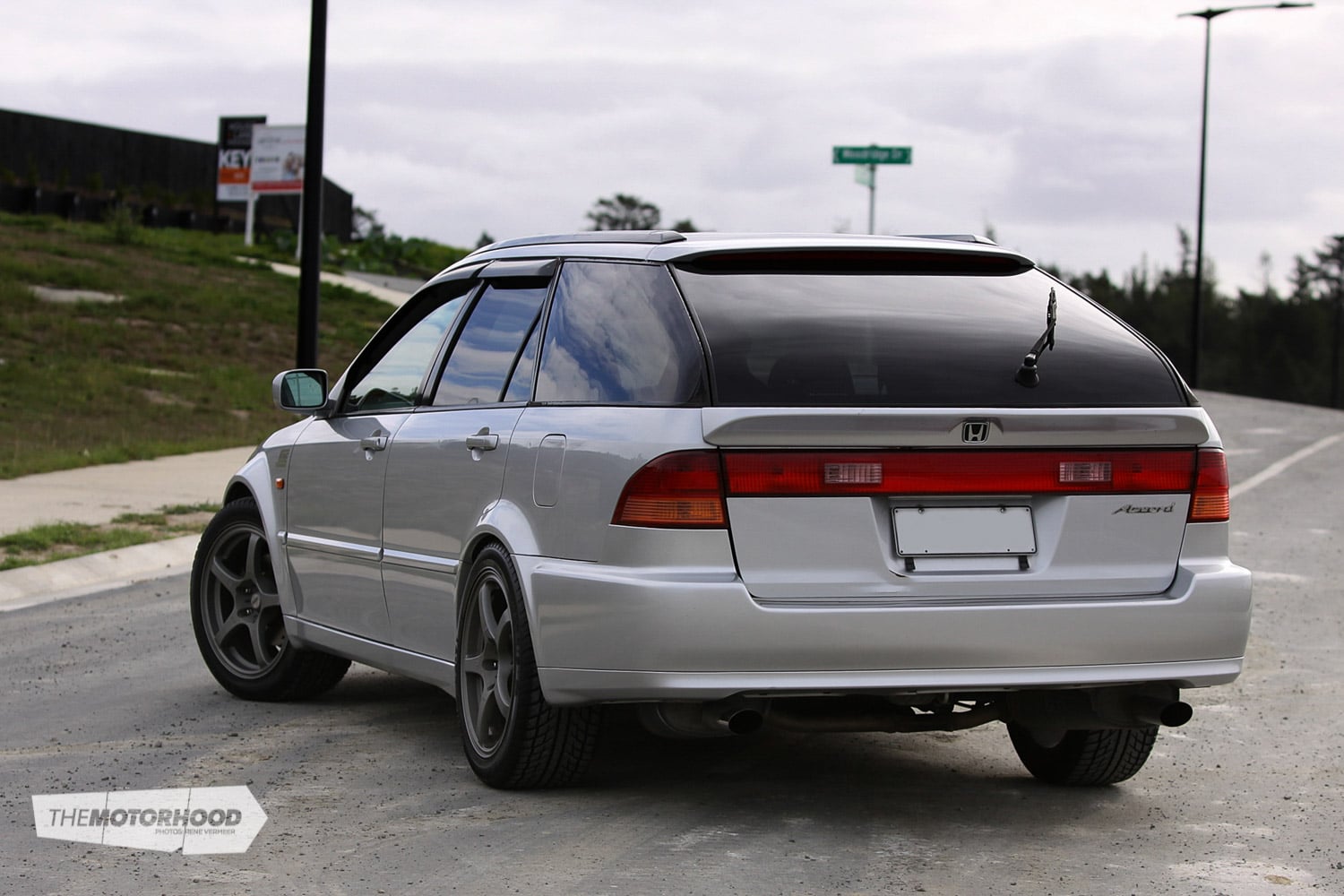
On an average tank of fuel, which is 40 litres, I get around 450–500km, as I sit in traffic for around three hours a day. On the open road, I easily get between 550–600km, which is impressive, but no real surprise when you look at the Accord’s weight of 1330kg.
Open-road driving in the Accord is a breeze. The seats are more comfortable and supportive than most modern vehicles I’ve sat in lately, and the VTEC engine wastes no time in chopping down and passing roadblocks at will. The Accord is also equipped with EPS (electronic power steering), which has three settings to allow the driver to dial in their desired steering feedback. The factory-fitted tinted rear windows are excellent for privacy and keeping in-cabin temperatures down. I can’t help but get excited when a vehicle is factory fitted with black-housing headlights, and it seems to be common with Honda’s SiR models. The Xenon headlights are complemented nicely by the driving lights, which in a typical Honda fashion give off a yellow hue.
My example came with Tein coilovers, but after a while it was evident that they were in terrible condition. After swapping them out for a set of decent KYB SR-Special shock absorbers and Tein lowering springs, I’m now extremely happy with the practical ride height and handling.
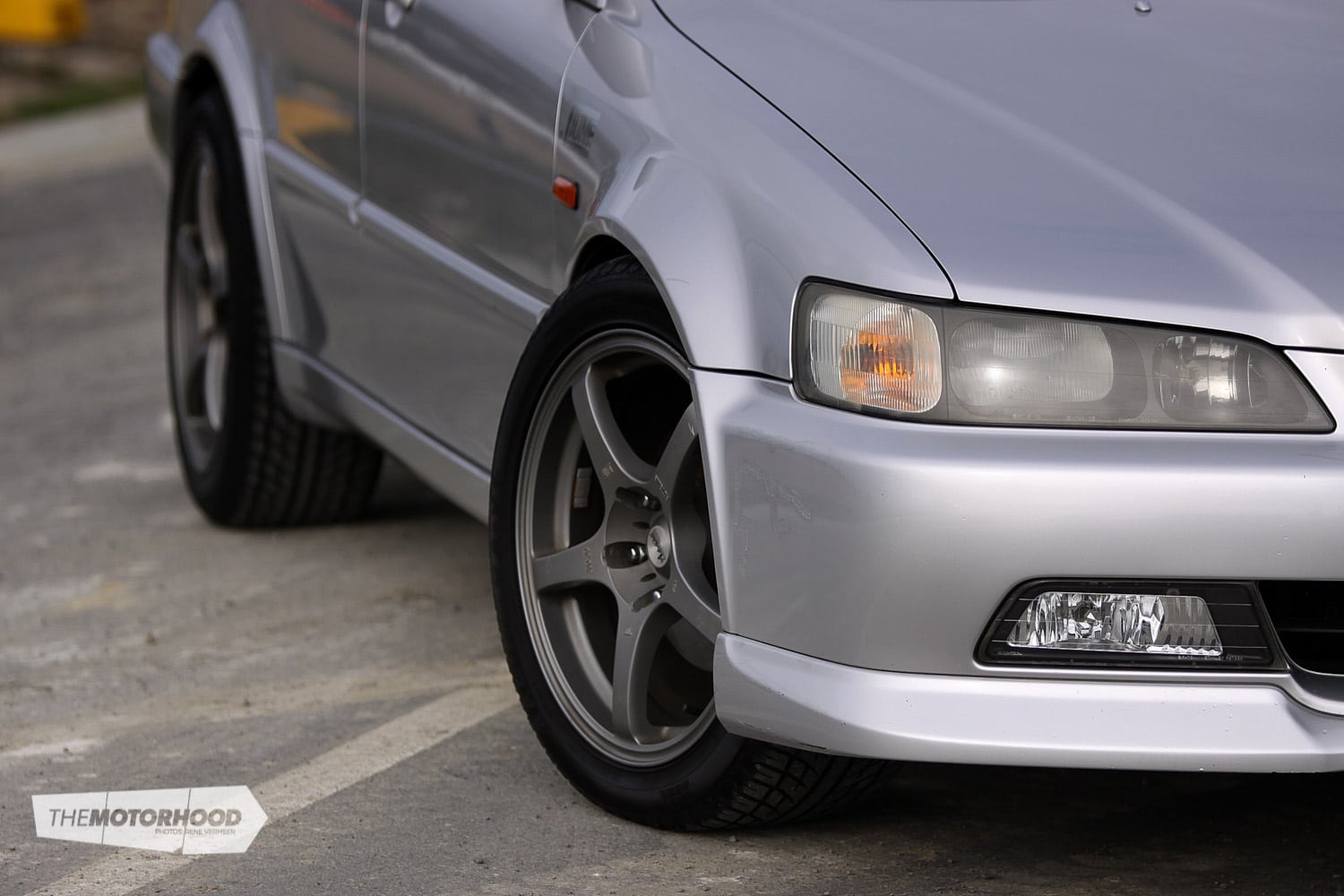
I purchased this Honda a year ago now for $4500, with only 115,000km on the odometer. You cannot buy this kind of performance and reliability with any other vehicle. I looked at hundreds of options, weighing up the pros and cons of each one, and I came to the conclusion that $4500 can’t buy you something that’s got as much grunt, as tasteful an interior, handles the road as competently, and is as reliable as the SiR Accord. I’ve travelled around 35,000km in mine without any hitches, and I’m sure it’ll see me well past 200,000k with ease.
In your opinion, what do you think is the best all-round performance wagon? Let me know in the comments below.
View fullsize

View fullsize
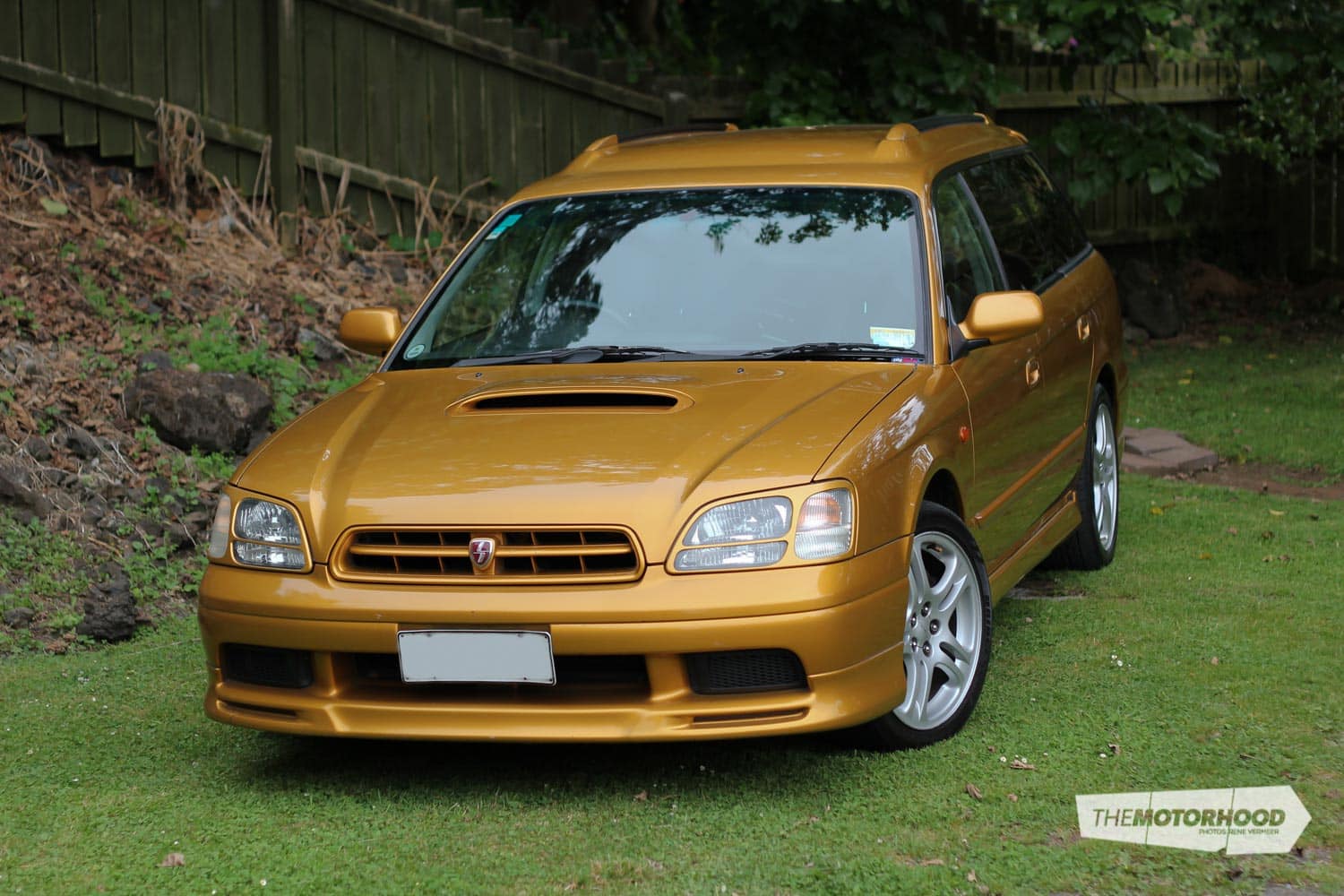
View fullsize
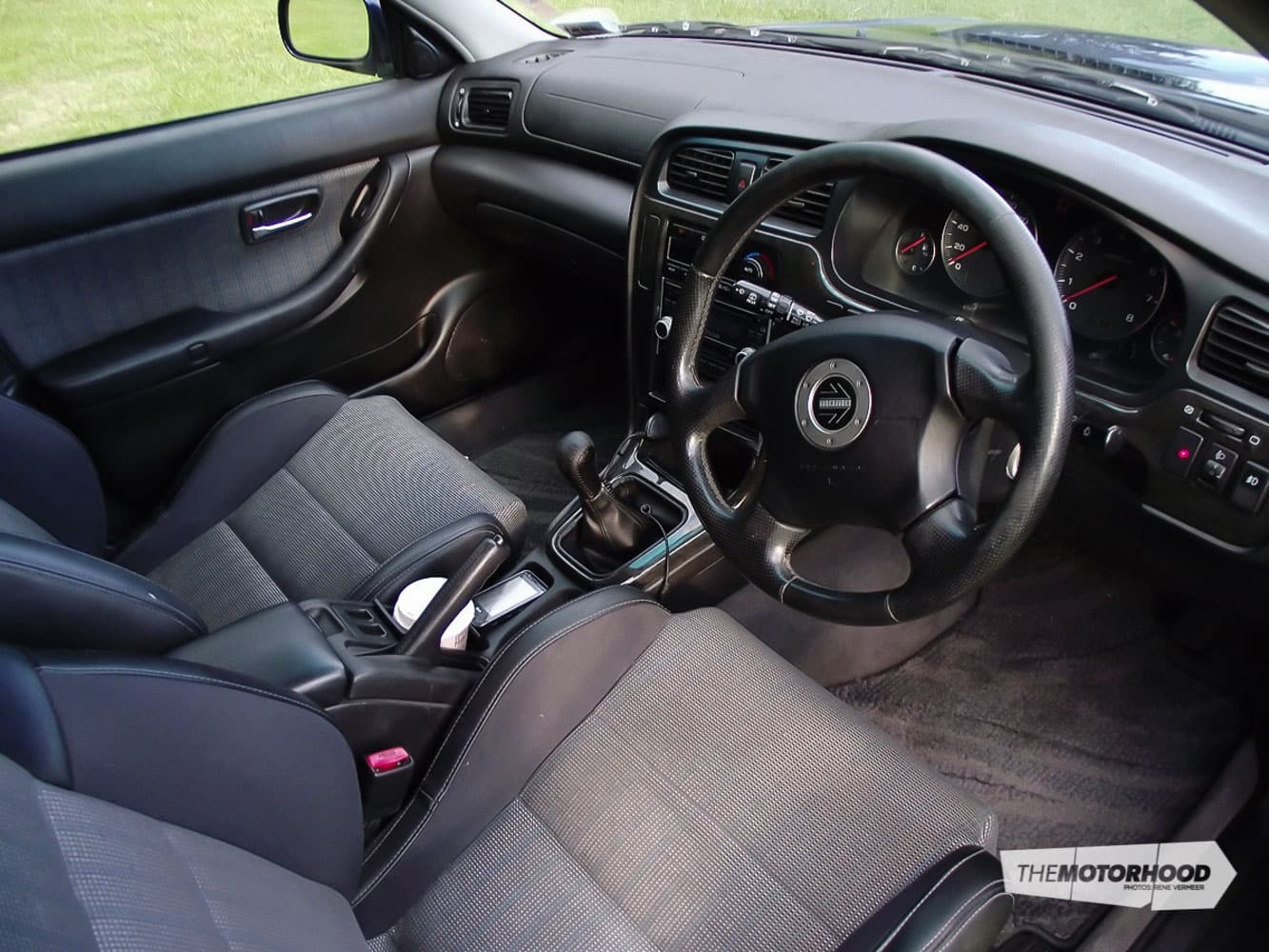
View fullsize
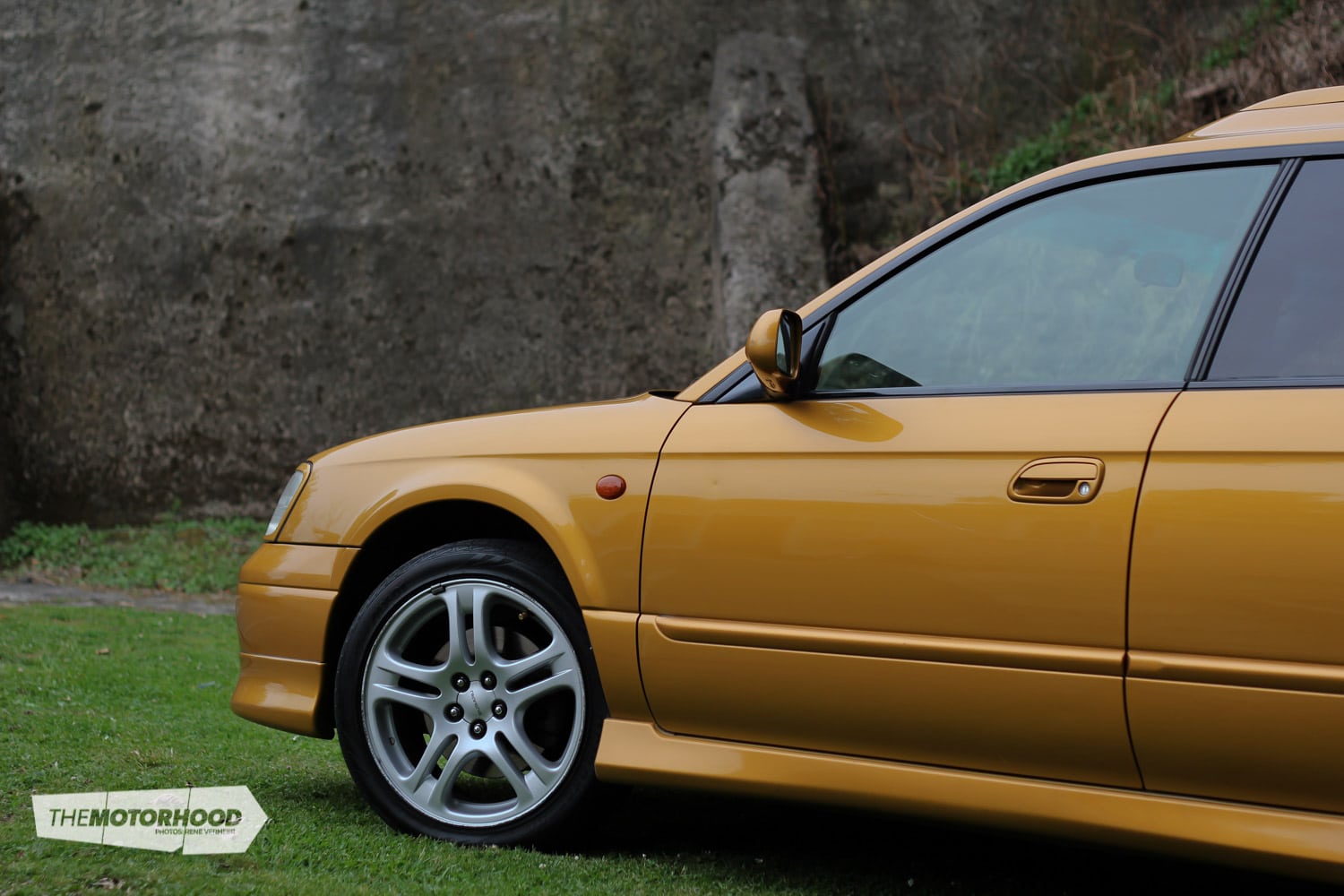
View fullsize
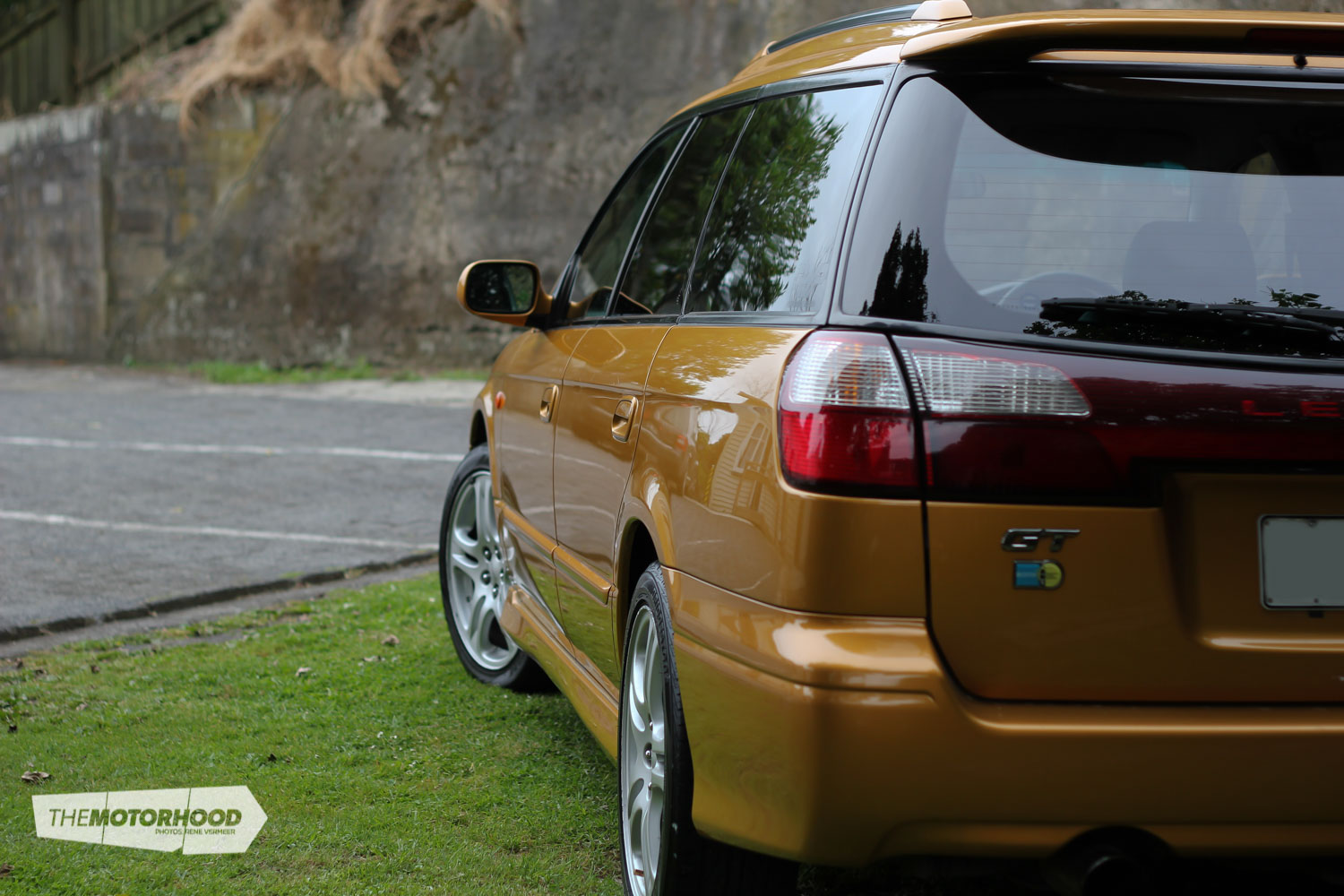
View fullsize

View fullsize
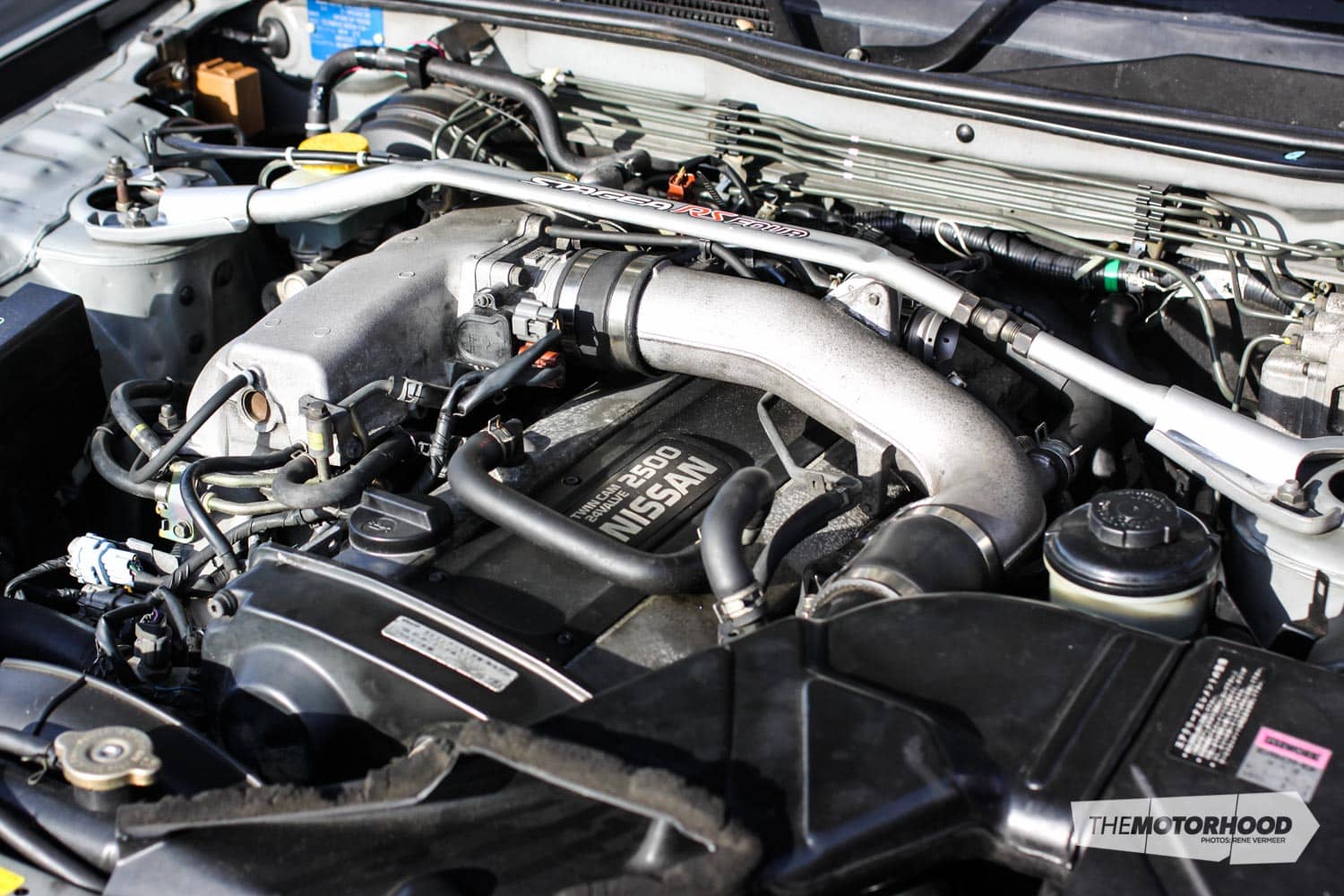
View fullsize

View fullsize

View fullsize

View fullsize

View fullsize

View fullsize

View fullsize

View fullsize

View fullsize

View fullsize

View fullsize
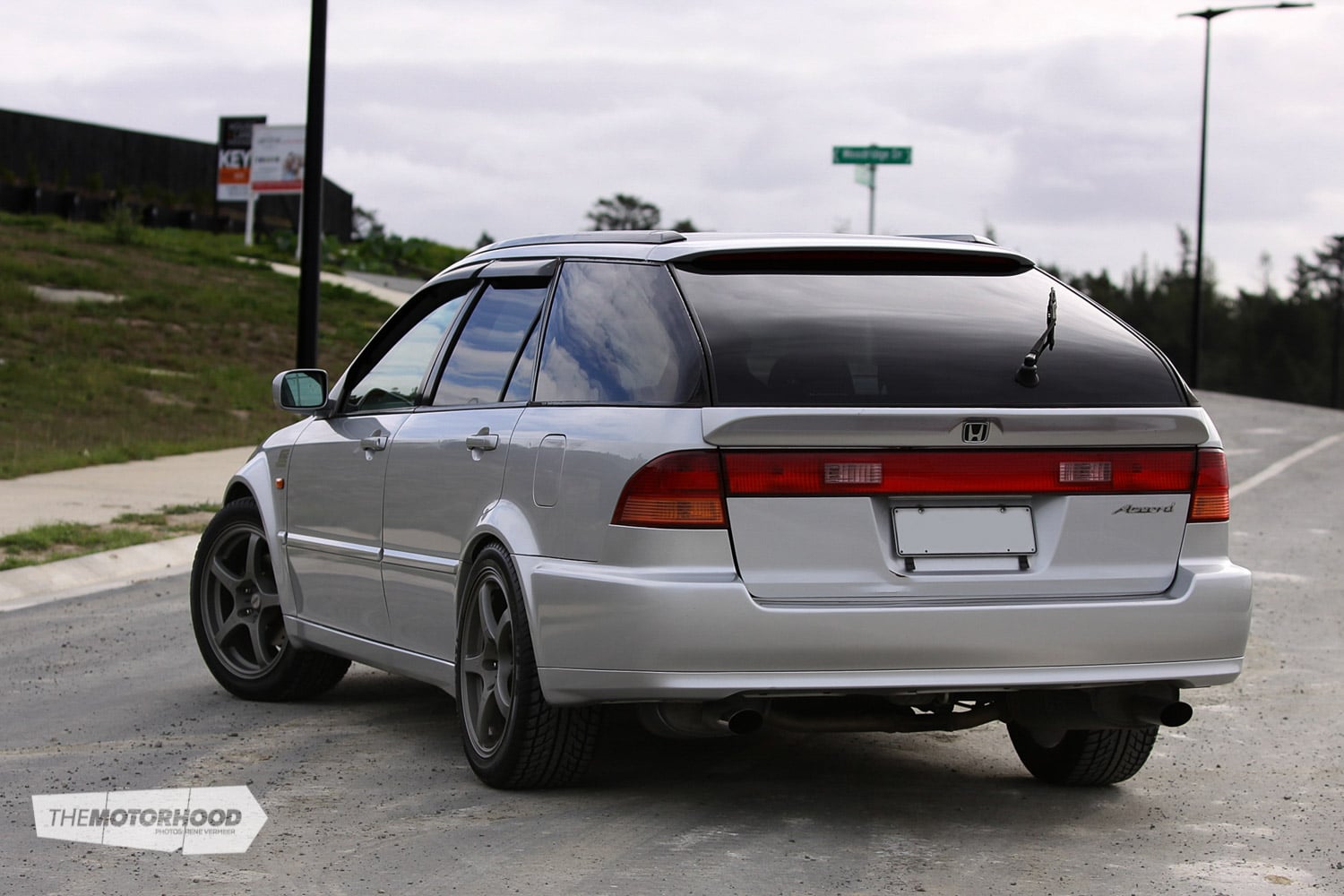
View fullsize

View fullsize

View fullsize
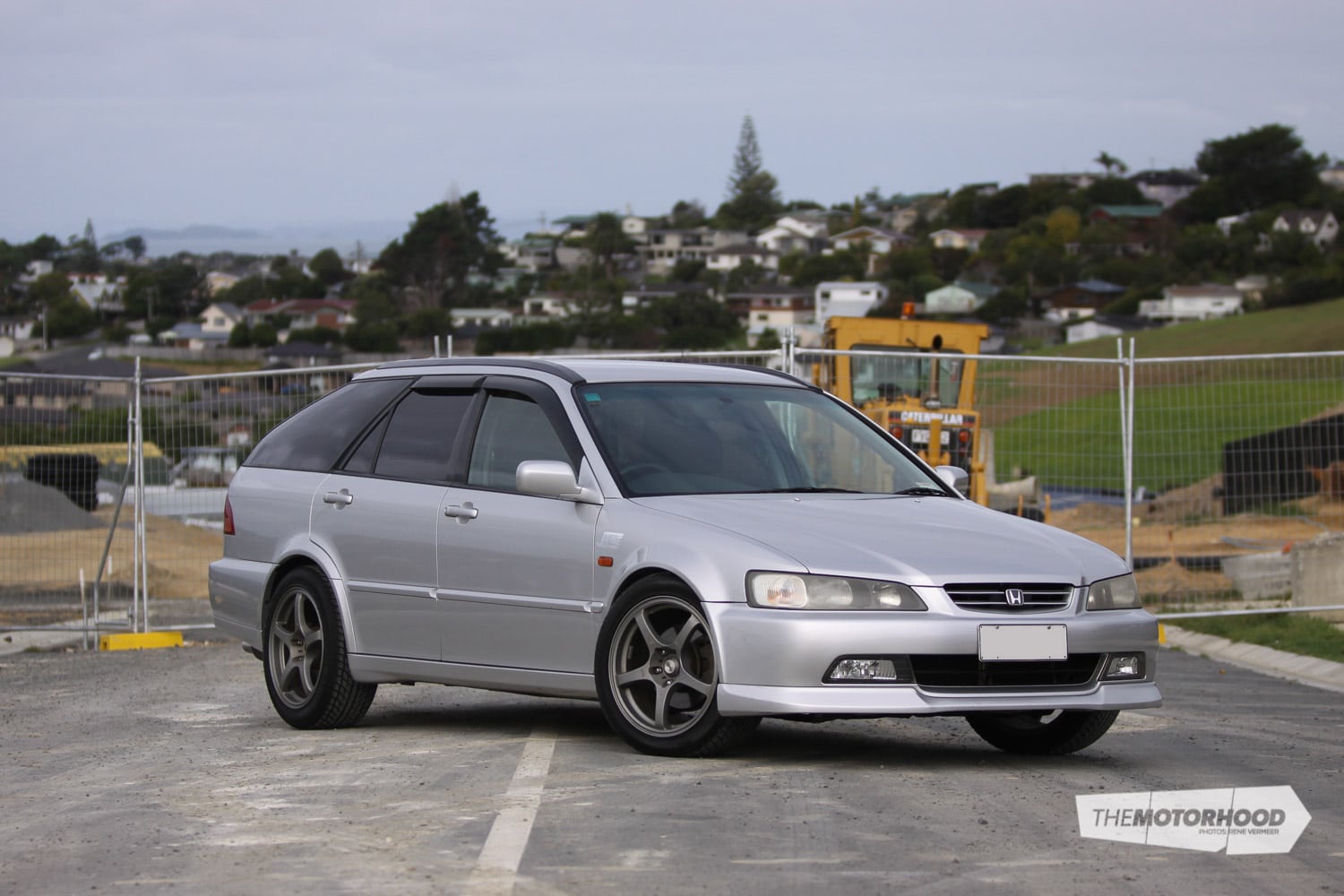
View fullsize
